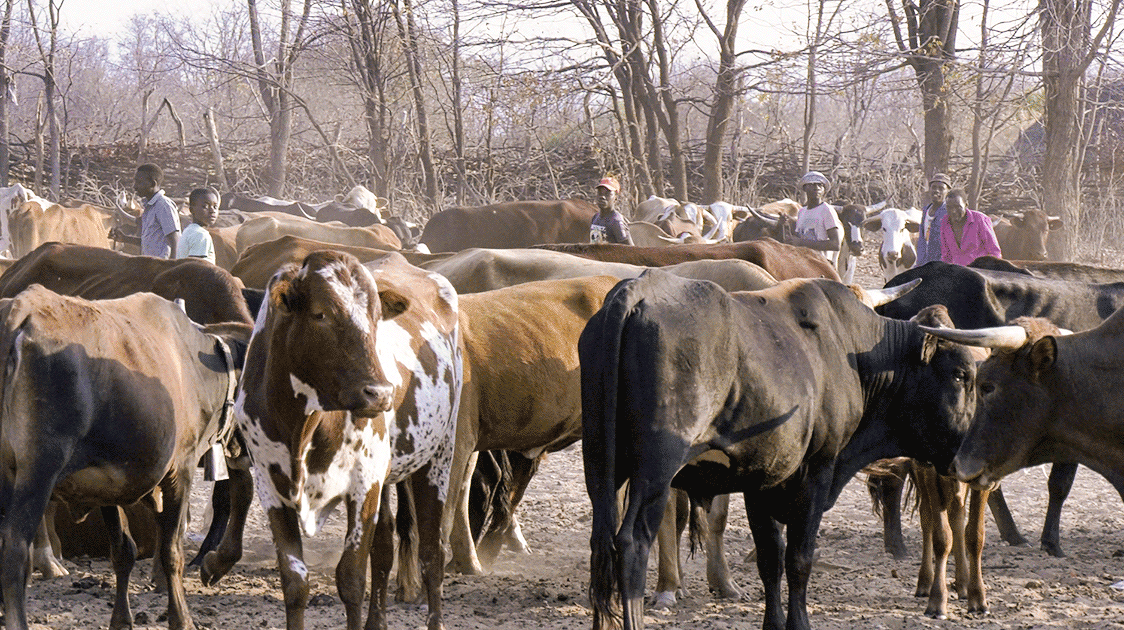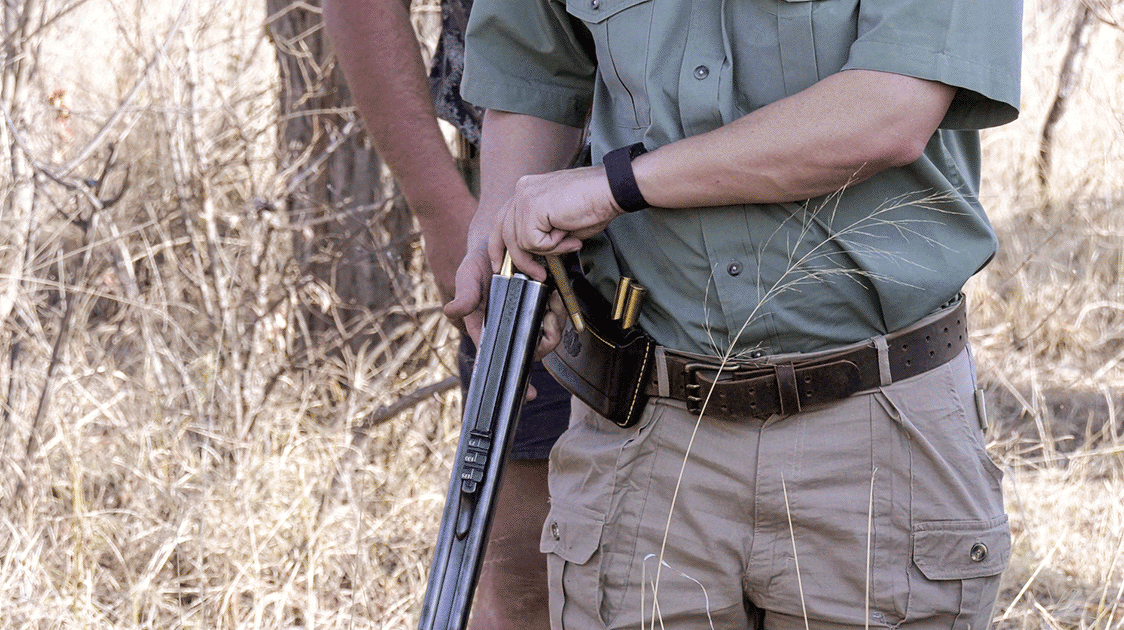Can Elephants and Cattle Co-Exist?

CAMPFIRE is the acronym for communal areas management program for indigenous resources and is a strategy devised to satisfy the needs of rural communities while conserving the environment. Around 90% of CAMPFIRE's revenue comes from safari hunting, of which elephant hunting contributes more than 70%.
The Bulilima district is situated on the southwestern boundary of the Hwange National Park in Zimbabwe. Within this district, 13 wards benefit from CAMPFIRE projects. Introducing the concept in this area was particularly challenging. The district’s community comprises different economic and tribal subgroups with competing natural resource use interests.
The nomadic hunter-gatherer San people were the original seasonal inhabitants of the region. In the 1930s, the Kalanga and, later, the Ndebele people were moved into the area. This a result of the implementation of the Colonial Land Apportionment Act. The Kalanga and Ndebele people are farmers and pastoralists.
Lagisa is a form of transhumance practiced by the people in the communal areas of Matabeleland involving the seasonal movement of cattle from one location to another to extend the grazing range.
Herdsmen move into the lagisa zone and live under temporary shelters, which they abandon at the end of the season. No individual owns any part of the lagisa area; it belongs to the community as a whole.
The lagisa area in Bulilima is situated in the northwest, bordering Hwange National Park. Within the lagisa, the Maitengwe dam was built in the mid-1960s as part of an irrigation project. At the time, it was the world’s longest earth wall dam, 7 miles long.
The irrigation scheme was abandoned during the liberation war, and the dam wall fell into disrepair with the lack of maintenance. After the end of the war in 1980, the district council wanted to restore the dam wall. The dam would provide much-needed water for the cattle and wildlife.
At the same time, the CAMPFIRE program was being discussed. The idea was to re-establish the lagisa system and, at the same time, open up sport hunting in the area.
The dam wall was rebuilt with funds donated by USAID, and the CAMPFIRE project was initiated. Shortly after this, opposition emerged from the cattle owners. They felt that their right to use the area for grazing was being compromised and that the proceeds from CAMPFIRE would not bring in as much to the community as cattle sales.
Their interests were biased, however. The result of an in-depth study showed that not everyone in the community possessed cattle, and 90% were owned by only 50% of the households. The CAMPFIRE program offered the opportunity for everyone to benefit from a communal natural resource.
Today, cattle owners are allowed to graze their livestock in the lagisa area during the dry season from 1st July until 30th November.

Revenue from elephant safari hunting is distributed evenly across the wards, and various social projects have been initiated.
Currently, the lagisa system in the Bulilima district allows for both cattle grazing and trophy elephant hunting. If the safari hunting of elephants is effectively closed through trophy import bans, cattle numbers will increase as people who presently do not own cattle will look to do so.
Human/elephant conflict will rise dramatically. A ludicrous situation will result. Some of the most impoverished communities in the world will be denied revenue and protein from the utilization of a natural resource.
This is because of an irrational concern for a species that is actually in a state of overpopulation.

Comments ()